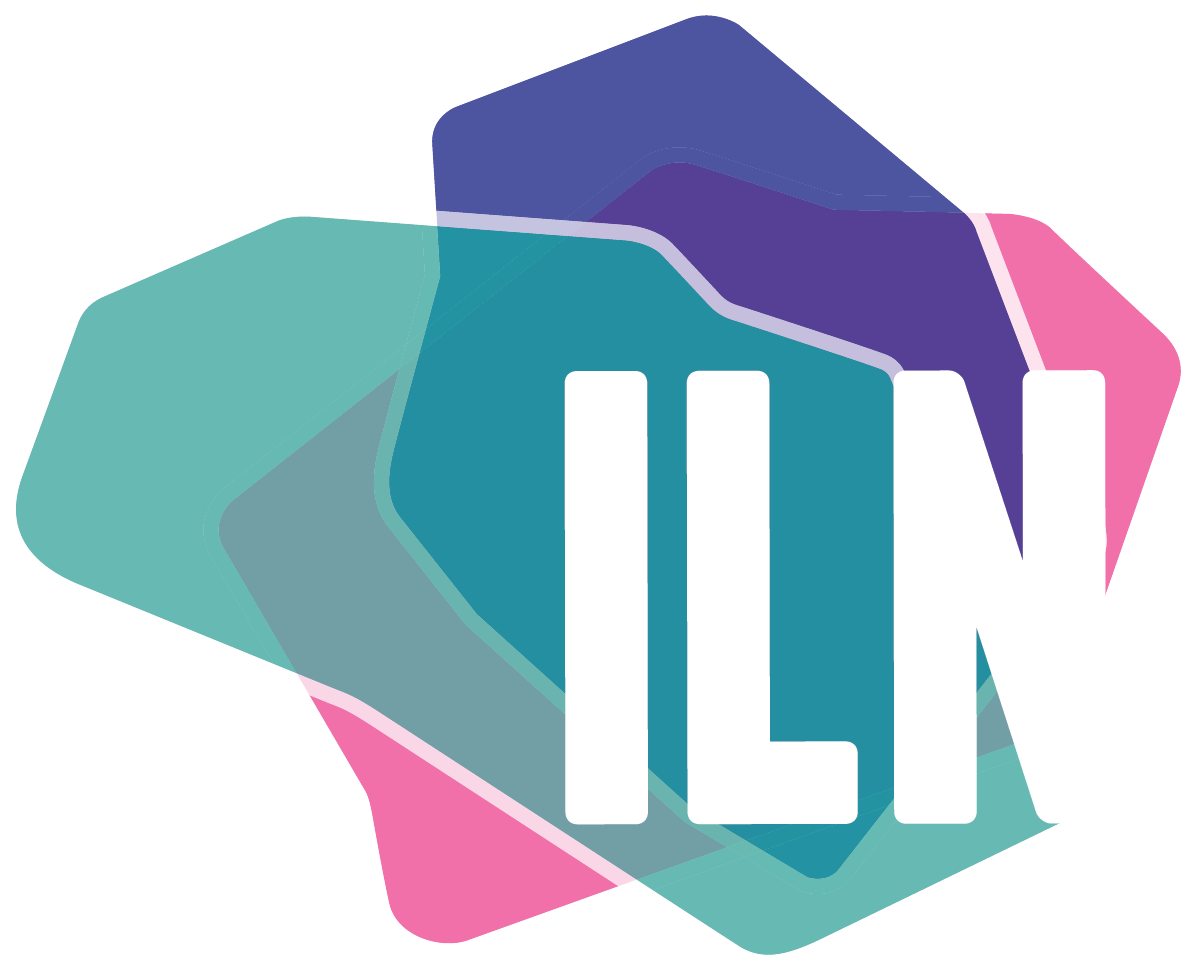Innovation Systems
The innovation system is both the ratio of intentional to unintentional and the combination of innovation-building blocks that are unique to every organization. It is everything that produces innovation results from understanding problems and opportunities all the way to products and services producing value. Other interconnected systems, like strategy, marketing, or operations, have their own point-of-view and reference. And all of this is informed by the type of organization, the impact it's trying to have, and the leverage it is trying to apply it to.
Let's say, for example, the ratio is 80/20. Then 80% of your innovation activities and building blocks are intentional and interconnected to a virtuous strategic cycle. Strategy is about illuminating the best possible futures via an organization's leverage. Innovation is about tapping that leverage to maximize value, often in novel ways. This creates that virtuous cycle whereby innovation nurtures that future so that strategy can take the next leap forward.
The 20% (in this example) is not directly interconnected to that cycle. This gives the rebel employee and the rogue department explicit permission to experiment on the fringe, to follow unexpected leads, and to play with new innovation building blocks. Some of these efforts migrate to the 80%, and some die on the vine.
The building blocks are also a unique combination. Things like accelerators, labs, human-centered design, product development, impact investing, CIOs, designers, creative tools, and digital whiteboards are building blocks. Here are some of those categories:
Space: the physical and digital spaces of innovation, where people convene to work out problems, prototype ideas, or build solutions.
Tools: the physical and digital tools that assist with innovation activities, from prototyping supplies to digital platforms.
Roles: the various roles that come together to innovate. Some roles are transient, and others permanent.
Methods: the specific and common language and processes used to improve, innovate, spread, nurture, or acquire.
Networks: the formal and informal connections to others that keeps innovation knowledge flowing and up-to-date\
Behaviors: the values and behaviors of innovation that are consistently recognized, nurtured, and measured.
Innovation systems are usually pieced together through passion; a leader or department gets the innovation bug and starts tinkering, designing, and experimenting. While this is essential work, it can be unintentionally disconnected from the strategic vision. Or if it is connected, it doesn’t holistically consider which innovation building blocks are needed. The better organizations try to make this explicit and interconnect it to their strategic and other organizational systems to maximize and speed up positive impact.
So knowing that it is both the ratio and combination, what does your unique innovation system look like?

